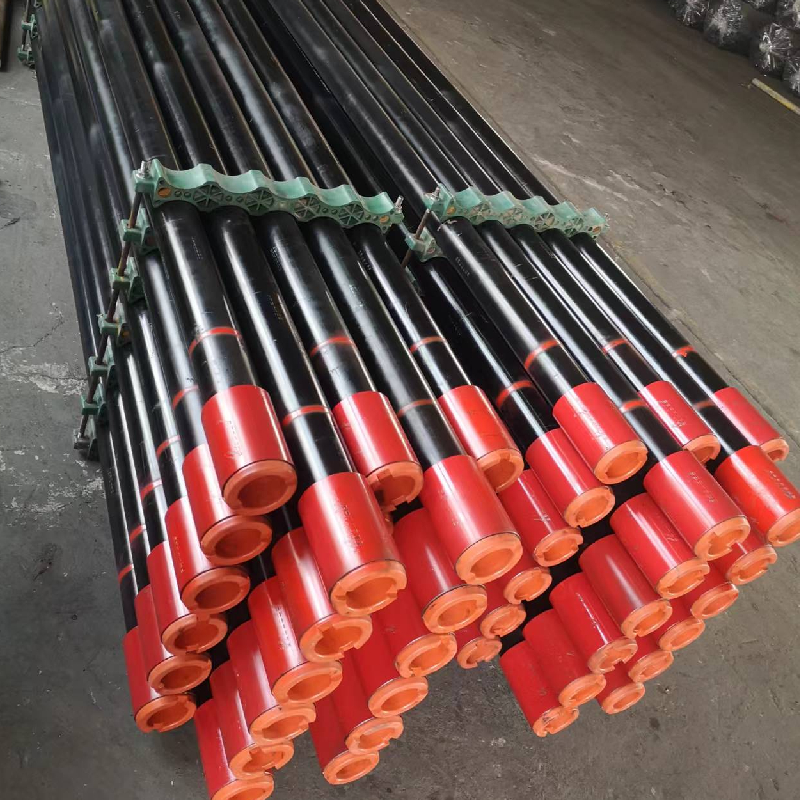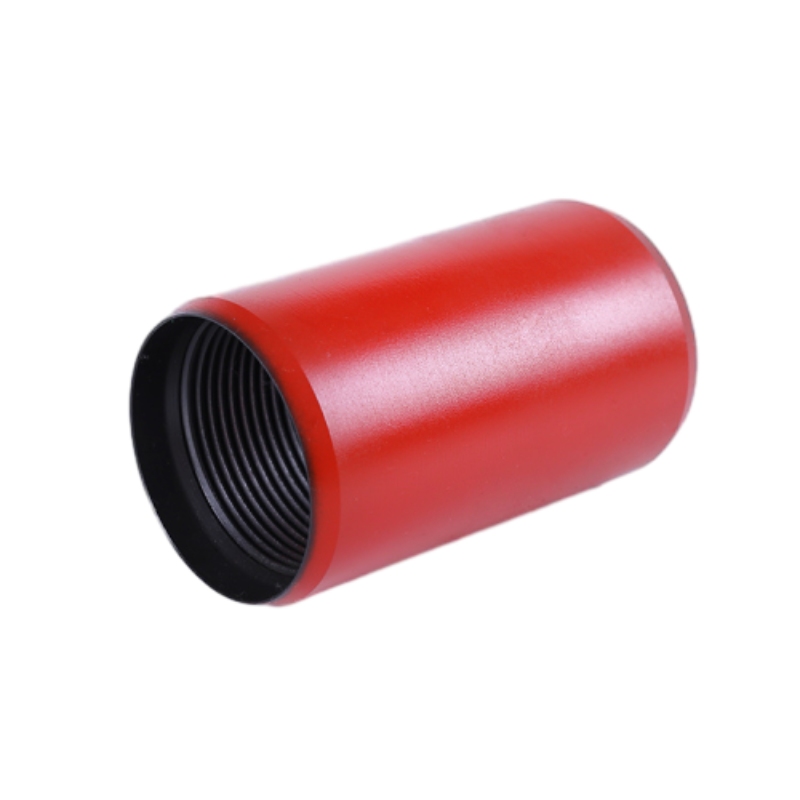- Afrikaans
- Albanian
- Amharic
- Arabic
- Armenian
- Azerbaijani
- Basque
- Belarusian
- Bengali
- Bosnian
- Bulgarian
- Catalan
- Cebuano
- Corsican
- Croatian
- Czech
- Danish
- Dutch
- English
- Esperanto
- Estonian
- Finnish
- French
- Frisian
- Galician
- Georgian
- German
- Greek
- Gujarati
- Haitian Creole
- hausa
- hawaiian
- Hebrew
- Hindi
- Miao
- Hungarian
- Icelandic
- igbo
- Indonesian
- irish
- Italian
- Japanese
- Javanese
- Kannada
- kazakh
- Khmer
- Rwandese
- Korean
- Kurdish
- Kyrgyz
- Lao
- Latin
- Latvian
- Lithuanian
- Luxembourgish
- Macedonian
- Malgashi
- Malay
- Malayalam
- Maltese
- Maori
- Marathi
- Mongolian
- Myanmar
- Nepali
- Norwegian
- Norwegian
- Occitan
- Pashto
- Persian
- Polish
- Portuguese
- Punjabi
- Romanian
- Russian
- Samoan
- Scottish Gaelic
- Serbian
- Sesotho
- Shona
- Sindhi
- Sinhala
- Slovak
- Slovenian
- Somali
- Spanish
- Sundanese
- Swahili
- Swedish
- Tagalog
- Tajik
- Tamil
- Tatar
- Telugu
- Thai
- Turkish
- Turkmen
- Ukrainian
- Urdu
- Uighur
- Uzbek
- Vietnamese
- Welsh
- Bantu
- Yiddish
- Yoruba
- Zulu
what is a bull plug used for
What is a Bull Plug Used For?
In the world of plumbing and construction, various tools and devices serve specific functions to ensure systems operate efficiently and without leaks. Among these devices is the bull plug, a somewhat less common but crucial component in the plumbing industry. Understanding what a bull plug is and its uses can provide valuable insight into its role in various applications.
Definition of a Bull Plug
A bull plug is a type of plumbing fitting that is designed to seal off the end of a pipe or a fitting that is no longer in use. It is often made from materials like PVC, metal, or rubber, depending on the application and the pressure requirements of the system it is being used in. The name bull plug originates from its primary function, which is to plug or seal off ports in a pipeline system—similar to the way a bull might block a pathway.
Common Uses of Bull Plugs
1. Sealing Off Pipes The primary function of a bull plug is to hermetically seal the end of pipes. This is particularly important in systems that are not currently in operation or are under maintenance. By preventing any liquid or gas from escaping, bull plugs help maintain system pressure and integrity.
2. Testing Pipelines In plumbing and construction, testing the integrity of pipelines is essential before they are put into service. Bull plugs can be used during pressure testing to seal off the ends of pipes, allowing for rigorous testing of the system’s strength and leak-proof capabilities.
3. Temporary Shutdowns When portions of plumbing or piping systems require maintenance or repairs, bull plugs serve as the perfect temporary solution. They can be used to block off sections of the system, allowing repairs to be conducted without the need to drain the entire system.
what is a bull plug used for

4. Preventing Contaminants In various industrial settings, pipes may need to be sealed off to prevent the ingress of contaminants, dust, or insects. Bull plugs provide an effective barrier, ensuring that the internal environment of the pipeline remains clean and uncontaminated, which is particularly critical in food and pharmaceutical industries.
5. Fluid Management In applications such as hydraulic systems or water distribution, maintaining the correct flow and preventing back-flow is essential for effective operation. Bull plugs can be employed in strategic locations to help control the flow of liquids within a system.
6. Gas Systems In gas pipelines, proper sealing is even more crucial due to the potential hazards associated with gas leaks. Bull plugs can be used to safely cap off ends of gas pipes, ensuring that no gas can escape during maintenance or testing.
Installation and Considerations
Installing a bull plug is typically a straightforward process. It involves ensuring that the fitting is compatible with the pipe’s diameter and material. Proper torque should be applied during installation to ensure a secure fit without over-tightening, which could lead to damage.
Moreover, it is essential to consider the kind of fluid or gas that will be in contact with the bull plug material. Different materials have different compatibility with various substances, so ensuring that the chosen bull plug can withstand the operating conditions of the system is critical.
Conclusion
In conclusion, while a bull plug may seem like a simple device, its applications in sealing pipes, managing fluids, and ensuring the integrity of pipeline systems are vital to the functioning of multiple industries. From plumbing repairs to industrial applications, understanding how and when to use a bull plug can help anyone involved in construction or maintenance achieve better safety and efficiency in their projects. Whether in a home plumbing system or a large-scale industrial setup, the humble bull plug proves its worth as an essential tool in the plumbing toolkit.
-
Well Casing Extension Couplings – Applications and InstallationNewsJun.06,2025
-
Types of Crossover Subs in Drilling & CompletionNewsJun.06,2025
-
Key Features of High-Quality Tubing Pup JointsNewsJun.06,2025
-
Installation and Maintenance Tips for Steel Couplings for PipeNewsJun.06,2025
-
How to Select the Right Pup Joint for Oil & Gas OperationsNewsJun.06,2025
-
Applications of Stainless Steel Pipe CouplingsNewsJun.06,2025







